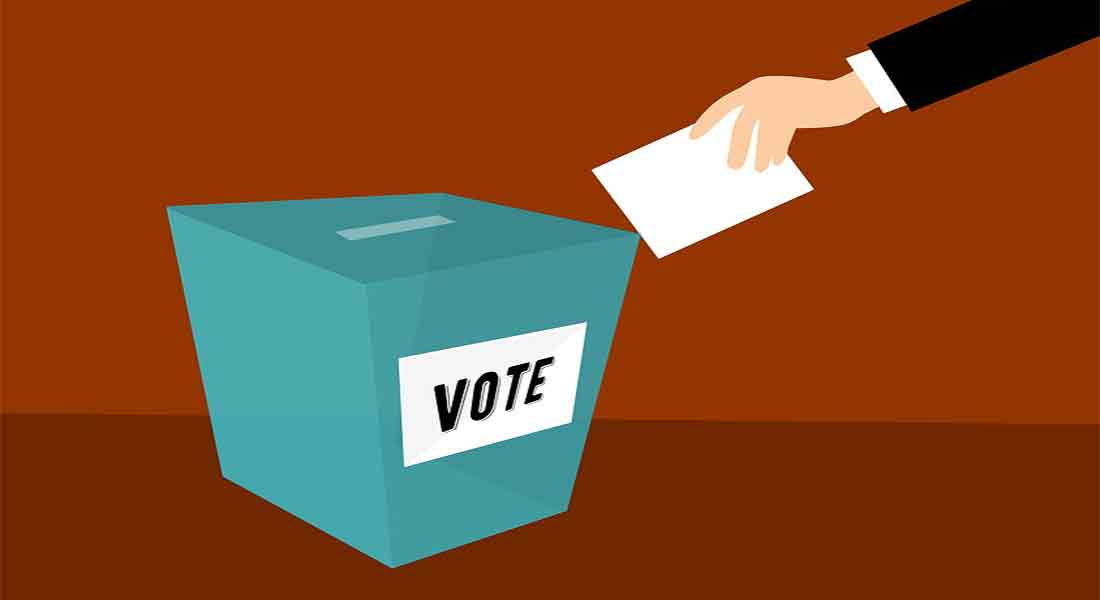Isn’t It Problematic – Canadian Government Has Less Than A Third Of The Country’s Support?

Canadians are as politically disparate as the vast and diverse landscape we inhabit.
Our elected legislatures need to accommodate the competing interests of a great number of factions — some economic (think agricultural, manufacturing, fishing, energy), some cultural and linguistic (English, French, First Nations, Old World immigrants), and some ideological (conservative, liberal, labour-oriented, religious), including many overlapping and distinct viewpoints in between, on these, and from other perspectives.
So why do we continue to employ, federally and provincially, such a crappy and inefficient system of democratic representation?
How, in our federation’s 154th year of democracy, can our system allow a party with a record low 32.6% of popular support to form our government?
You don’t need an advanced degree in applied mathematics or political science to understand that this is a real problem.
In our current electoral system, with “first past the post” vote-total races in every riding, strict party voting discipline (often with punitive results for breaking ranks), and the major political parties’ impenetrable, old-boy private constitutional organizations — reinforced and solidified through decades of patronage — I have always suspected that there are likely no more than a handful of people who really run each of the provinces and our federal government.
Worse, I fear, they decide policy far more from public opinion polls (based on the prospects of their continuing electability) than from any sense of principle.
Our majoritarian system means the candidate with the most votes in a riding wins. He or she does not need a majority of votes, just one more than any other candidate.
In competitive ridings with three or four candidates, then, the winning candidate could (and often does) win with a third or quarter of the votes. That winner’s party takes the entire riding and all other votes are disregarded; their interests will not be considered in the making of policy or passing of legislation.
This situation is not much different even in the case of a majority — only one in the last four majority governments in Canada garnered more than 40% of the popular vote.
Is it any wonder that these governments pass legislation that the majority (or near majority) of Canadians do not support?
One suggestion is the use of ranked ballots, where voters select more than one candidate, in order of preference, and at each count the candidate with the lowest total is dropped from the ballot until one candidate surpasses 50% of the total vote.
This is how all of the major political parties in Canada have traditionally selected their leaders.
Although this system ostensibly provides for more compromise, the result is the same in as much as that candidate’s party will govern according to its political views.
It also promotes strategic voting — the concept of voting to avoid a certain result more than to obtain one, which is seemingly antithetical to the very purpose of voting in the first place.
Another problem with modified majoritarian systems that employ ranking is the tendency for such systems to perpetually favour the most centrist party.
Voters who have positions on the right or left of the political spectrum tend to favour positions closest to their own.
So, in Canada for instance, where the Liberals are the more centrist of the three parties, it would gain from both Conservatives trying to avoid an NDP government, and vice-versa.
A study of the 2015 federal election, in which the Liberals won a majority with 39.5% of the popular vote, demonstrated that it would have won even more seats in that election, theoretically, with a ranked ballot system.
The only viable alternative to the majoritarian system, where every vote would truly count, is a purely proportional electoral system, where the number of seats a party earns is directly (as much as is possible) proportionate to the number of votes it receives. In such a system, people vote for a party instead of a candidate.
The list of candidates is chosen by the parties and provided as a list beforehand.
They can be required to ensure inclusion of candidates from different regions, age brackets, ethnicity, and to ensure gender parity. “Closed” lists means the party will choose which candidate from the list takes the seat and “open” lists allow the electorate to choose the candidate as well.
A majority of democratic nations in the world use proportional electoral systems, including Germany, Holland, Denmark, Sweden, and Norway. They are used in at least the lower houses of 94 democratic nations (the “lower” house in a bicameral legislature is the larger of two sections, typically with elected representatives and the primary responsibility for legislation). Many use a mixed proportional system where majoritarian results are then modified by a defined percentage of proportional ballots — so that a party’s total seat count is adjusted to reduce or increase the seats it will receive according to its share of the popular vote. Proportional electoral systems are seen, internationally, as a means of ensuring that elected bodies are more reflective of the differentiated interests of the people they represent.
The best hope for electoral reform in Canada, recently, was during the 2015 general election, when the Liberal Party had been out of office for nine and a half years, at a time when Prime Minister Steven Harper was enjoying a majority. Justin Trudeau made electoral reform a primary plank in his party’s election promises.
Alas, a Liberal majority win seemingly tempered Mr. Trudeau’s enthusiasm for any changes — and the recent push for change lost most of its inertia.

